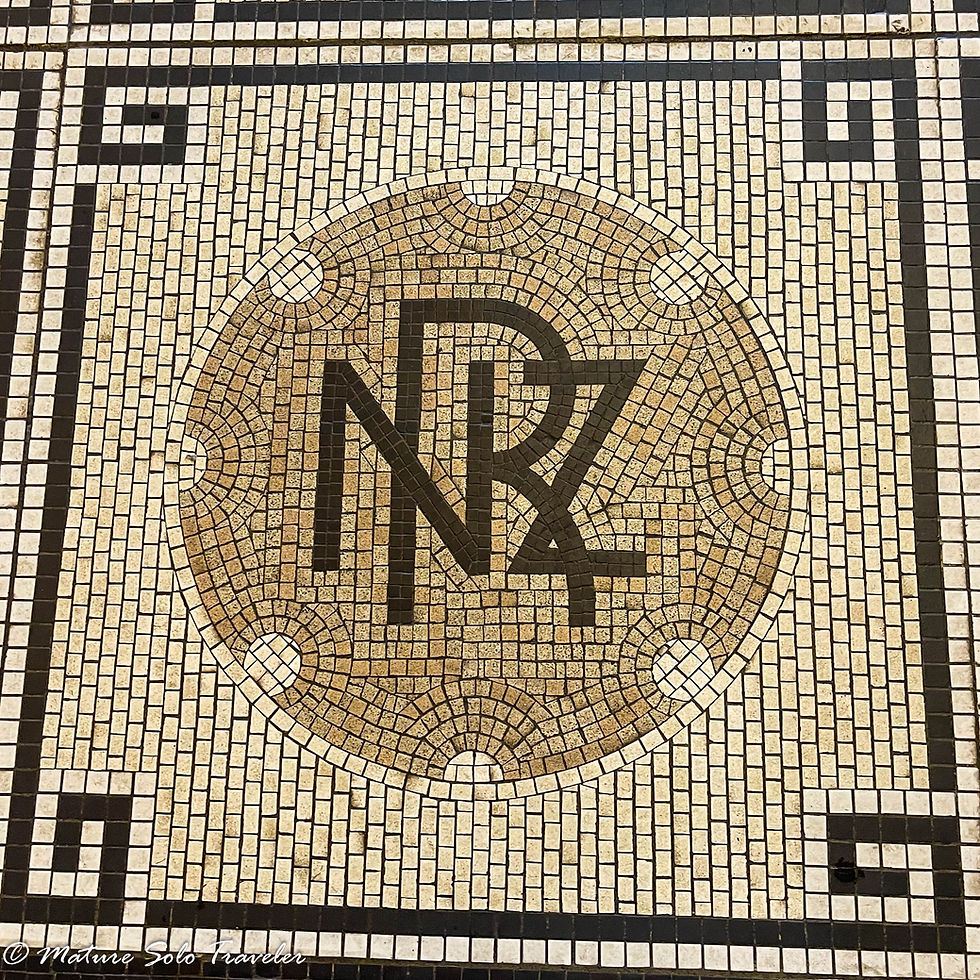A day in Dunedin New Zealand
- Helen Avaient
- Mar 12, 2023
- 3 min read
Cruise ships dock in Port Chalmers for passengers to disembark and head to nearby Dunedin, New Zealand. The second largest city on the South Island, with a population of around 130,000, it was first home to the Māori people before being settled by Scottish Immigrants from 1845 onwards. Its name comes from Dùn Èideann, the Scottish Gaelic name for Scotland’s capital city Edinburgh.
A return ticket between Port Chalmers and Dunedin is $35, so I opted instead for an all-day tour, the Exploring New Zealand Nature and City Tour for $80. This included pickup and drop off from the Port Chalmers dock where my ship berthed.
One of the most photographed buildings in the entire country of New Zealand would have to be the Dunedin railway station. Built in 1906, in a Flemish renaissance style of light and dark patterned stone, it has terracotta shingles on its roof, and copper-domed cupolas. Its geometric flower gardens in front of the building are a gardener's dream.

Inside, 750,000 Minton tiles form a beautiful mosaic floor in the booking hall, featuring train symbols.

The NZR stands for New Zealand Railways.

The tour has a brief stop at the Octagon. This eight-sided plaza in the city centre is the café culture and restaurant hub of the town. Most eateries have outdoor seating facing the central park. St Paul’s Anglican Cathedral was built here in 1919. A fire destroyed much of the building in 2020 and work is underway to restore it, expected to be finished in 2023.

Baldwin Street (voted the world’s steepest residential street according to the Guiness Book of World Records) starts off with a gentle slope from the valley floor. The straight street is 350m (1,150ft) long. Over the 161m length of the top section, it climbs a vertical height of 47.22m, which is an average gradient of 1 in 3.41. The upper length is concrete, and the bottom length is asphalt. If the upper length was asphalt it would flow down the slope on a warm day!)
Each summer, several hundred fit athletes run from the bottom to the top and back down again. Who was it named after? William Baldwin who carried out the original subdivision.

A guided walk at the Upper Botanical Gardens took us through the aviaries where we saw parrots from South America as well as the New Zealand native parrots, the kaka and kea. Due to attacks by introduced animals, the native parakeets, kakariki, are vulnerable in the wild and can only be see in captivity or in nearby Stewart Island.
Sections of the gardens have been left in their natural state. This is what the early European explorers would have found the area to be like when they first arrived.

A quick drive along the St Clair Esplanade by the sea shows a remarkable natural sand dune that protects the citizens from the ocean. The land here is at sea level, and without the large sand dune, St Clair would be flooded.
A drive up to the Signal Hill lookout over the city gave a panoramic view of the town and its leafy environs. The rolling fog obscured the mountains that are normally visible in the distance.


Two large bronze statues are dedicated to the New Zealand centennial. Old Father History and the Thread of Life are by New Zealand sculptor Francis Shurrock, built in 1955.


Our tour ended with a scenic drive along Mt Cargill road with a stop at the Scott Memorial lookout. With amazing views over Port Chalmers and Otago harbour we could see our cruise ship at the dock. Robert Scott (1868-1912) led two expeditions to the Antarctic region attempting to be the first to reach the South Pole. Scott and his party left this port in November 1910, their last time on land. They died in Antarctica.
Tours can be booked at: www.exploring.net.nz. Andrew, the owner of this company, was a marvellous tour guide, giving detailed stories along the way.

Happy Travels!
#maturesolotraveler #solotravel #usa #australiantraveller #solotraveler #solotraveller #nationalgeographic #cruise #dunedin #newzealand #newzealandguide #ig_newzealand #newzealandtrip #nztravel #newzealandvacations #capturenz #kiwipics #visitnewzealand #cruiseblogger #cruiseship #cruiselife






Edinburgh of the south. A truly beautiful city with so many fine land marks as you have demonstrated. Although I personally arrived and departed Dunedin - Dale in the Hobbit - by train back in 1987, the harbour is definitely worth a look